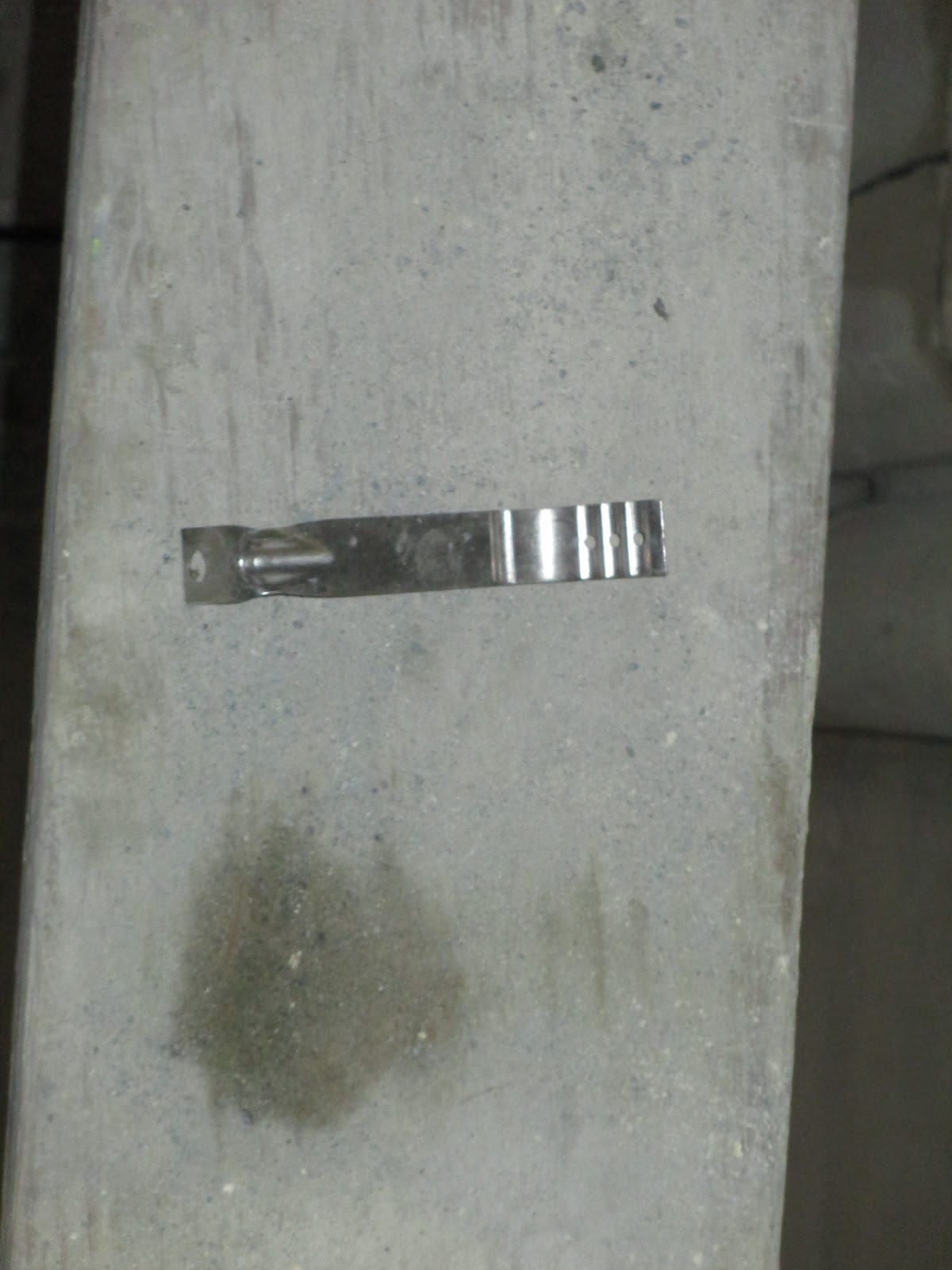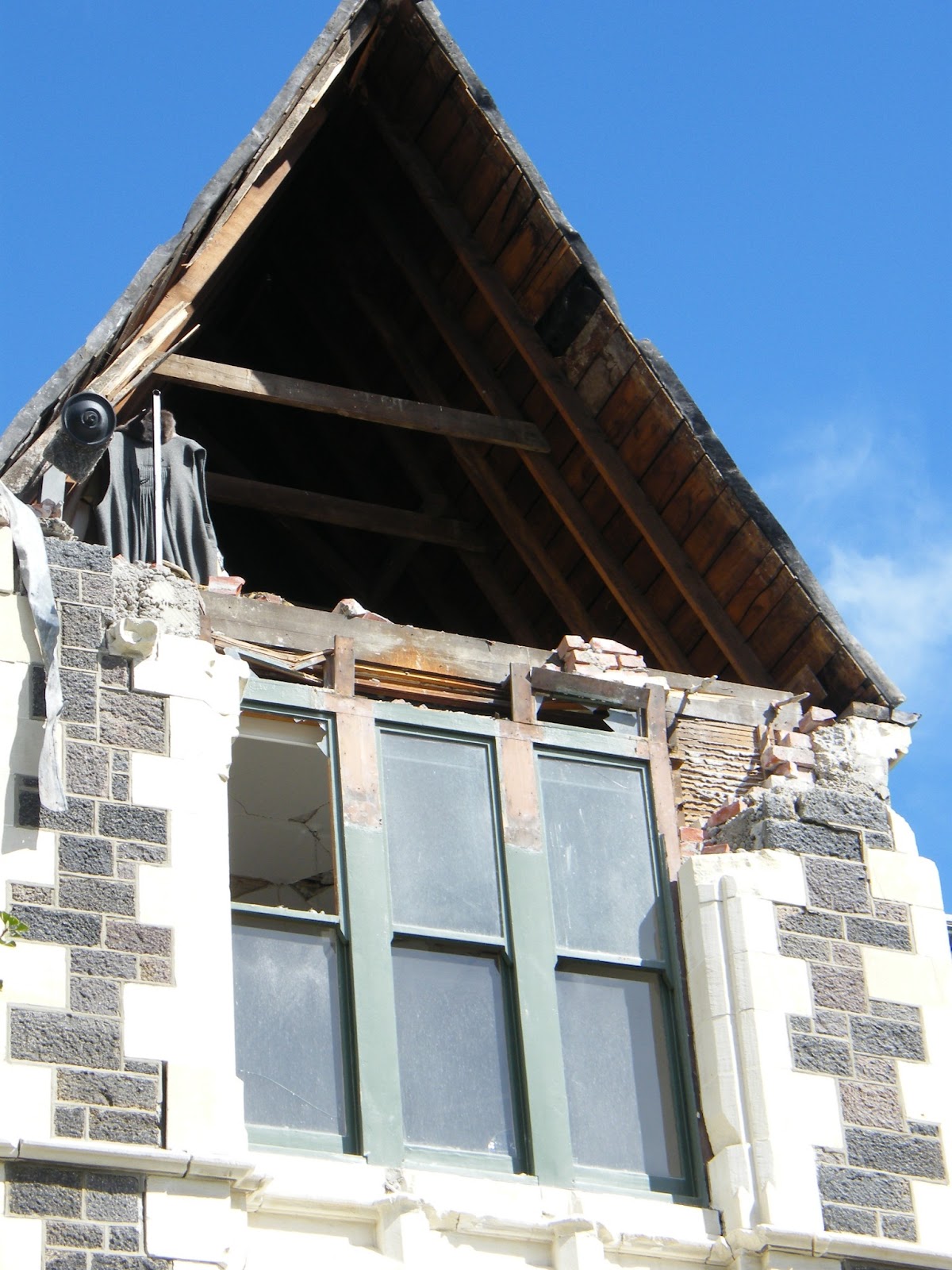I have been
meaning to write a piece on the overall state of heritage in Christchurch and
where this has left the city and country regarding its relationship with
heritage buildings. However, when I was waiting for a friend in a supermarket
yesterday, I came across this article in NZ and Oz’s National Geographic (issue
121, May/June 2013) by Sally Blundell, and I think she phrases it far better
than I ever could. This is just a little peak, and if you are kiwi, then I please
ask that you go out and buy the article (there are some really awesome images),
as this is more for those in the northern hemisphere. Thanks.
What will
become of Christchurch’s Fallen Glory?
“In Christchurch, there is now bare land
aplenty. What was once a masterclass in this country’s architectural history,
from the much-vaunted neo-Gothic structures through to the distinctive
“Canterbury school” of mid-twentieth century modernism, is now a checkerboard
of leveled sites. Some buildings damaged by the city’s earthquakes, such as the
fine collection of Gothic Revival buildings that make up the Arts Centre, are
quietly getting on with long-term and costly restoration programmes. Some,
including the Cathedral of the Blessed Sacrament (c.1910), the Christchurch
Cathedral (1881-1904) and the Provincial Council Buildings (1858 – 1865), still
await a decision as to their fate.
Cathedral of Blessed Sacrament
Christchurch Cathedral
Provincial Council Chambers
(all of the above images are from Google)
But
as of March 2013, over 220 of the city’s heritage buildings, including 102
buildings on the NZHPT register, have been demolished, as well as many partial
losses. The 1875 Lyttleton Post Office, the 1876 Cramner Court, the 1894
Librarian’s House, the 1903 Horse Bazaar, the 1905 Manchester Courts and former
Royal Exchange – Christchurch’s roll call of lost heritage is long [and
rising].
“it’s
just that desire to demolish” says Haliiday, “to ignore the fact that there are
a whole lot of cultural, social and historic values embedded in the fabric of
this city. Why? Is it because we don’t tell our stories, because we think we
are too young? It’s astonishing that we aren’t so moved to want to acknowledge,
protect, celebrate and discuss the work of our ancestors.”
It
is astonishing. New Zealand is a signatory to the 1972 UNESCO Convention on the
Protection of World Cultural and Natural Heritage, which requires states to
protect and conserve cultural and natural heritage.
In
New Zealand, state and local government policies extol the importance of
heritage in defining individual and communal identity, providing continuity and
stimulating economic revitalization.
Empty
words? Although the majority of Christchurch’s earthquake fatalities occurred
in 1960s and 70s buildings, heritage has paid a high price for the tectonic
upheavals. In the immediate aftermath of the September 2010 and February 2011
earthquakes, buildings considered a threat to public safety were demolished
under emergency powers, with no opportunity for controlled deconstruction and
salvage and little discussion with owners. Legislation in the new Canterbury
Earthquake Recovery Authority (CERA) suspended the heritage protection measures
enacted under the Resource Management Act and further reduced the role of the
Historic Places Trust in relation to historic buildings to an advisory
function. In the meantime, red-stickers and a cordon around the no-go red zone
of the inner city left owners of historic buildings watching on in frustration
as their properties succumbed to the onslaught of rain, snow, fire, (some
11,000) on-going aftershocks and a Government-led resolve to restore the
economic life of the city as quickly as possible. Under the Canterbury
Earthquake Recovery Act, owners of damaged buildings can be issued with a
“Section 38” letter, effectively giving them 10 days to come up with a
make-safe or demolish plan."
10 days to
come up with any form of plan for a historic building is a daunting prospect
and this excerpt reveals the level of work that Christchurch has had to bear to
in order to deal with the results of the earthquakes a few years ago. And this
is purely from a heritage point of view, not counting anything later than 1920.
At home, the worst natural disasters are
floods and fires, and whilst these can cause huge issues and devastation regarding
the survival of historic buildings, working here has really highlighted how
tame the geology of the United Kingdom technically is.











































.JPG)








